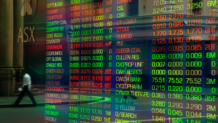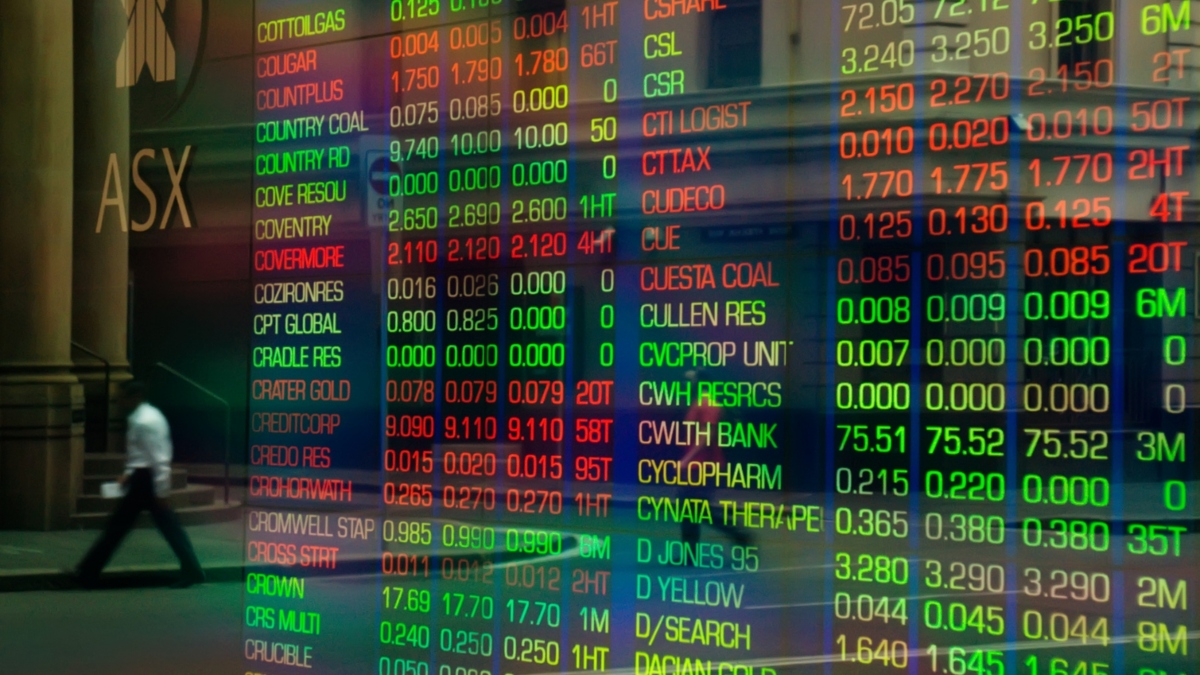Active v passive reimagined: When imperfect is perfect
Among the most common misconceptions is finance is the idea that there is one strategy ‘to rule them all’. Or rather, that certain approaches to investing or portfolio construction are better than others or able to always deliver despite the prevailing market conditions.
Nowhere is this more present than in the active versus passive or value versus growth investment debates, with believers on all sides often unwilling to consider the combination of the two despite evidence suggesting they all have value.
For those new to investing, defining both passive and active approaches to investing is key to understanding the important role both can play in constructing portfolios, particularly from the perspective of a retiree. Passive investing simply refers to the use of ‘index’ or exchange-traded funds (ETFs), being those that simply track the performance of something like the S&P/ASX200 or S&P500. An important caveat here would be that only those funds that track a broad, large index like these truly warrant being considered being ‘passive’.
Active investing defines those investments. Australian share funds, for example, that are seeking to perform better than said index. As most would appreciate, in order to have any hope of outperforming an index, the underlying investments must be significantly different.
Standard and Poor’s SPIVA reporting regularly points out the fact that the vast majority of active strategies underperform the market over the long-term. While the data and universe are not perfect, it does hide the fact that not everything about active management is focussed on outright returns. Moreover, history is an incredibly poor guide for the future, so there is no guarantee that passive benchmarks will continue to lead the way as they have in the past.
The advantages of passive investing are straightforward, being low cost and effectively guaranteeing the average index return, which ensures an investor will never ‘miss out’. On the negative side, most benchmarks are narrowly defined by definition, so the investor can never do better than the average.
This is where the passive versus active debate lacks depth, particularly for retirees. In my personal experience advising hundreds of families, I’ve found both passive and active investments to be important components of a portfolio. More so today than ever.
They say that the journey is what matters, not the destination, and the same could be said of portfolio construction. As advisers dealing with the daily emotions of investing, we need to find any way we can to reduce the day-to-day volatility that our clients experience. Why? Because this assists in making better investment decisions at the most challenging times.
Passive benchmarks aren’t perfect, in many cases carrying their own biases or weightings and doing so at the wrong point of the cycle. Think technology laden stock exchanges in 2001 or the steep 2020 downturn. They aren’t always as diversified as we think and can carry significant style bias due to the power of momentum.
Introducing actively managed strategies, but particularly those with a proven and clear style, approach or focus, alongside passive allows advisers to improve a clients’ portfolio from both a return and risk perspective.
Ultimately, it affords a great opportunity to build resilience into portfolios to ensure they are able to navigate even the most challenging environments.











